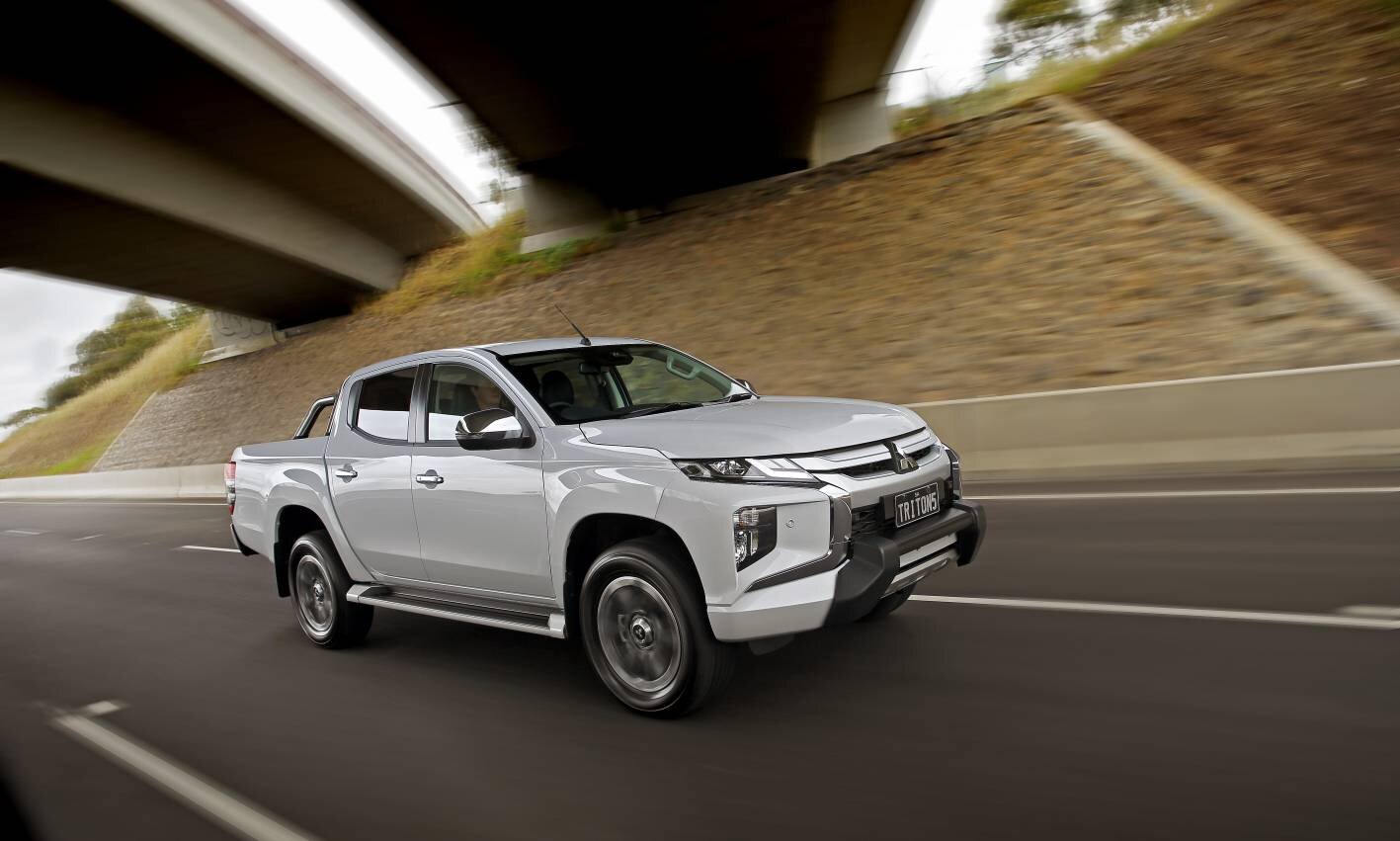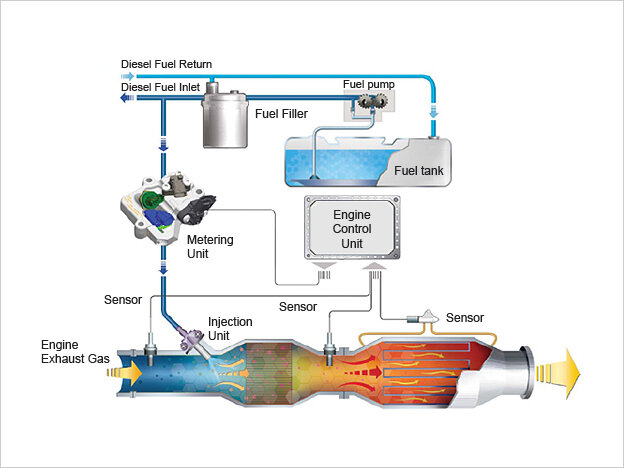DPF regeneration for dummies
Too much misinformation is being served up about how DPFs work and how they regenerate. It’s time to sort that out, here and now...
Diesel particle filters give owners of diesel vehicles lots of problems - often expensive, time-consuming and inconvenient ones.
It’s time to clear up this mess of DPF regeneration misinformation right now.
I get all sorts of kooky questions, loosely based in reality, on DPF regeneration.
I have a 2018 Ford Transit DCiV two-litre. Even 80mph is only about 2000 rpm in 6th gear. Now a DPF requires, as I understand it, a decent flow of gas at a decent temperature to maintain a healthy state.
So, given that this engine gets along very nicely at legal highway speeds at such low revs, how does one ensure a trouble free life from the DPF? I assume (perhaps incorrectly) that it’s not getting "worked" at such low revs.
Grant
That’s quite brave - 80mph in a Transit. Living life on the ragged edge there. Even in kays-per-hour (#GhostOfPinto). But the revs, frankly, that’s pretty typical.
In addition to this, I have also have deadset nutters telling me that instead of doing highway driving they’re just gunna hold the car in second gear manually and rev its head off in the suburbs to regenerate the DPF.
Safety tip: Please don’t breed, if that’s you. Humanity will thank you later.
Fire in the hole
DPF regeneration is the process of burning off the trapped particles, so that when the residue emerges, it’s less harmful.
A lot of that biologically active stuff in the trapped particles gets decomposed and rendered town to more inert chemicals. In hellfire. Just like in Revelation, only real.
This re-gen process typically happens at highway speeds. Sometimes it’s quite passive, seeing as the exhaust heats up and the DPF becomes a little furnace of its own accord. That’s actually called ‘passive regeneration’. It just happens in the background.
But DPFs also have a differential pressure sensor. There’s a sensor on the way in and a sensor on the way out, and it measures the pressure drop across the DPF. As that pressure drop increases, the car knows the filter is getting more and more blocked - because more pressure difference equals more particle load and resistance to flow.
At some pre-determined blockage level, it triggers an active regeneration - if the driving conditions are right. Typically you’d need to be driving at more than about 80 kays an hour (50mph - ‘Murica), and you’d need to be in a high gear, like fourth, fifth or sixth in a six-speed auto.
If you're stuck in traffic in the suburbs, the filter continues to fill up. It throws a warning light and - depending on the protocol in the manual - you better head for the open road, or a dealership for a manual regeneration in a service bay.
What should you do when your DPF warning light does come on? >>
Myth: busted
Let’s assume that DPF warning light, heart-in-mouth-moment hasn’t happened.
Manufacturers all set their own engine operation parameters for active regeneration out on the open road.
So, if the operating conditions tick all the boxes to trigger an active regeneration, the fuel injectors change how they operate, and it turns the DPF into a little stainless steel furnace, briefly.
The injectors typically start delivering a little bit of additional fuel after the combustion event, into the hot exhaust flow exiting the chamber. That travels out the manifold and into the DPF, essentially on fire, whence it burns the shit out of the particles and un-clogs your DPF.
I suspect - but I haven’t been able to confirm - that they run the engine a bit lean like that so there’s a bit of oxygen left in the exhaust to support the combustion of that additional fuel afterwards.
Engines don’t typically run lean at high loads because A) it melts them, and B) NOx goes through the roof. So that’s probably why regeneration is only supported at low loads, like when you’re cruising on the highway.
So, Grant is just a bit off with the fairies on how this works this. Your engine doesn’t need to work hard to regenerate the DPF.
In fact, you want it to be operating in a high gear, at low load, at highway speeds. That’s perfect. Engine management voodoo does the rest, in the background.
Here’s a summary of why DPF’s have earned a sooty reputation in recent years >>
I also don’t agree that 2000rpm is low for a diesel - it’s halfway to the redline, and typically at maximum torque production if you max the accelerator.
Highway to help
Just remember - there are some very dodgy DPF integrations out there on the road. I’m looking at you, Toyota.
If your DPF is clogged and it keeps clogging, and if you’re doing enough low-load highway driving to support active regeneration, and you’re back at the dealership a dozen times for a manual regeneration in a service bay, the blockage is a symptom of a problem elsewhere. Guaranteed. And treating the symptom never cures the problem.
So if this just keeps happening to you, you need to pressure the dealer to investigate things like the integrity of the inlet air plumbing and the MAF sensor operation.
A lot of dealers are okay at identifying the defective parts (blocked DPF) but lousy at diagnosing the underlying cause. If the dealer is flat-out stupid at this, conscript the manufacturer for technical support.
So the answer to Grant’s question: Just drive normally, dude, and get out on the open road as often as possible.
And if the manufacturer did an okay job in R&D, your DPF will be unproblematic for the life of the vehicle.


















Toyota has raised the Corolla and called it a small SUV, one that offers reliability, practicality and even performance atop the range. Let’s see if there are any redeeming features that can justify the $50K price?